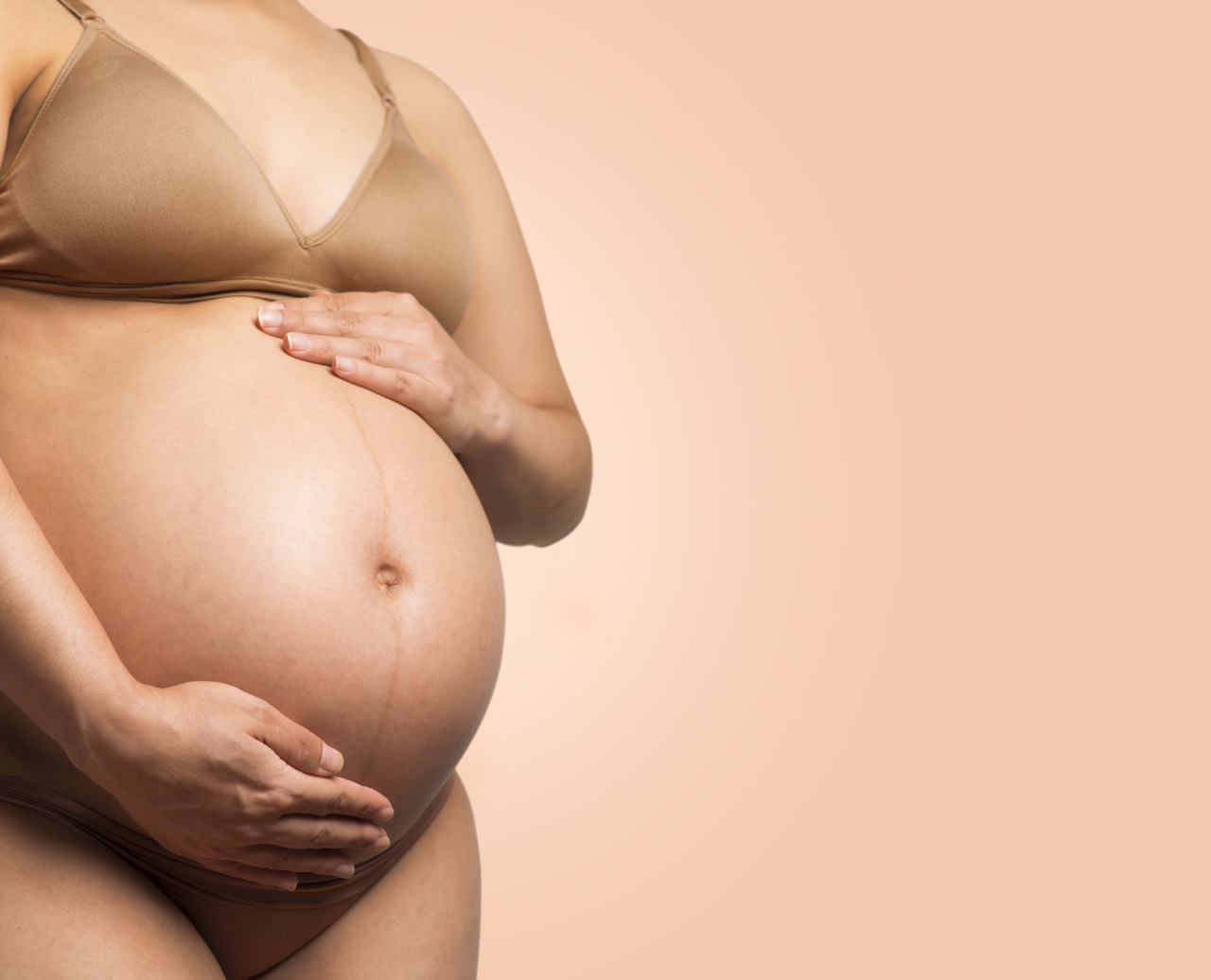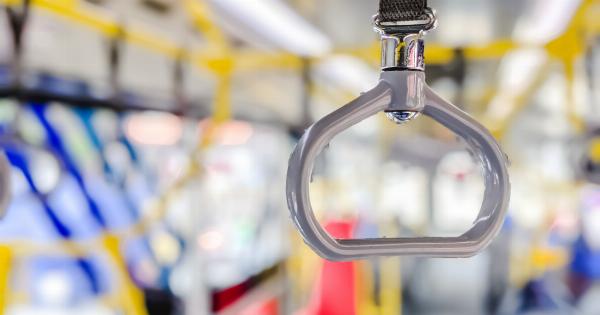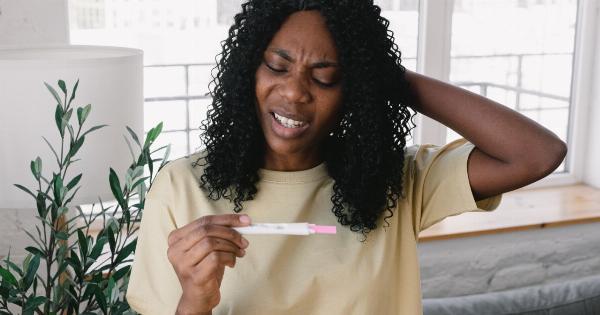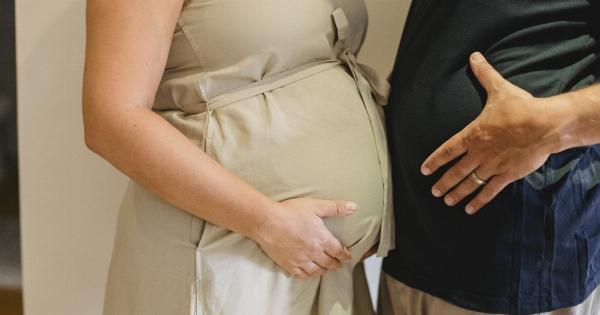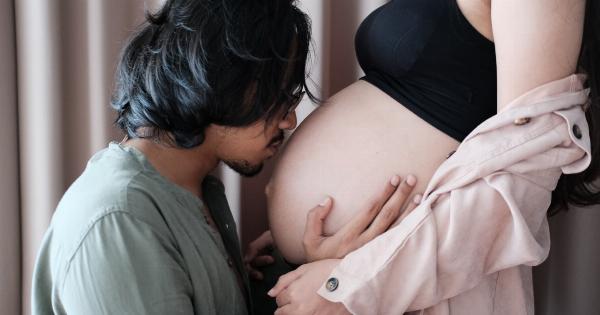Uterine contractions play a crucial role in the process of pregnancy and childbirth.
As a woman’s body goes through various changes during pregnancy, the uterus also undergoes significant transformations to support the growing fetus, prepare for labor, and delivery. In this article, we will take a closer look at the role of uterine contractions and how they affect pregnancy and childbirth.
What are uterine contractions?
Uterine contractions are the rhythmic tightening and relaxing of the muscles of the uterus, which is also known as the womb. These contractions help move the fetus down the birth canal during labor and delivery.
During pregnancy, the uterine muscles stay relaxed to prevent premature labor.
Types of uterine contractions
There are two types of uterine contractions, and they serve different functions. They are Braxton Hicks contractions and active labor contractions.
Braxton Hicks contractions
Braxton Hicks contractions, also called false labor pains, are mild contractions that occur early in pregnancy. They do not cause any cervical changes or dilation and are usually irregular.
Braxton Hicks contractions usually start around the 20th week of pregnancy, but some women may not experience them at all. These contractions help to prepare the uterus for labor and delivery.
Active labor contractions
Active labor contractions are strong, regular contractions that indicate the onset of labor. These contractions cause cervical changes and dilation, which allow the fetus to move down the birth canal.
Active labor contractions may last between 30 and 90 seconds and occur every three to five minutes. The frequency, intensity, and duration of contractions are used to determine when a woman is in active labor.
What causes uterine contractions?
Uterine contractions are triggered by the hormone oxytocin, which is produced in the pituitary gland. Oxytocin helps to stimulate the uterine muscles during labor and delivery.
The hormone is also released during breastfeeding, causing the uterus to contract and return to its pre-pregnancy size. Additionally, prostaglandins, which are hormones that regulate reproductive functions, also play a role in triggering uterine contractions during labor.
The role of uterine contractions during pregnancy and labor
Uterine contractions serve different functions during pregnancy and labor, and they play an essential role in the health and well-being of the mother and the fetus.
In pregnancy
During pregnancy, uterine contractions help to:.
- Support the growing fetus and placenta: The uterus expands to accommodate the growing fetus and the placenta, which provides nutrients and oxygen to the fetus. Uterine contractions help distribute the blood flow to the fetus, preventing fetal distress.
- Prevent premature labor: The uterine muscles stay relaxed during pregnancy to prevent premature labor. The uterus can detect and respond to stressors that could cause premature labor, such as dehydration or infection.
- Prepare for labor: Braxton Hicks contractions help to prepare the uterus for labor by stretching the muscles and improving blood circulation to the cervix. This preparation helps the cervix to soften and dilate when labor begins.
During labor
During labor, uterine contractions help to:.
- Dilate the cervix: Strong contractions help to dilate the cervix, which allows the fetus to move down the birth canal. Dilation of the cervix is essential for the delivery of the baby.
- Push the baby down: Contractions push the fetus down the birth canal and help to deliver the baby.
- Expel the placenta: After the baby is born, contractions help to expel the placenta and any remaining tissue from the uterus.
How to manage uterine contractions during labor
Uterine contractions can be painful and uncomfortable during labor. If you are in active labor and experiencing contractions, some of the ways to manage the pain include:.
- Breathing exercises: Focused breathing can help to manage the pain of contractions and promote relaxation. Long, slow breaths help to calm the mind and relax the body.
- Massage: A gentle massage can help to relieve tension in the muscles.
- Hydrotherapy: Taking a warm bath or using a warm compress can provide relief from uterine contractions.
- Medication: Pain relief medications such as epidurals are administered by healthcare providers during labor to help manage the pain of contractions.
Conclusion
Uterine contractions are an essential part of pregnancy and labor. During pregnancy, contractions help to support the growth of the fetus and prepare the uterus for labor.
During labor, contractions help to dilate the cervix and push the fetus down the birth canal. Understanding the role of uterine contractions can help prepare expectant mothers for labor and delivery.
